Safety Myths BUSTED: Utah State Parks Labor Day Edition
Labor Day weekend is the perfect time to enjoy the last days of summer in Utah’s state parks!
Whether boating, hiking or simply relaxing, ensuring your safety should be your top priority. However, common safety myths can lead to dangerous situations. In this special edition of safety myth-busting, we’ll debunk these myths to ensure your holiday is both safe and fun.
Myth #1: “I’m a Strong Swimmer, So I Don’t Need a Life Jacket.”
Busted: Whether you’re a strong swimmer or just sticking close to the shore, accidents can happen. Unexpected weather changes, sudden fatigue, or a slip on an uneven surface can quickly turn a fun day in the water into a dangerous situation. Life jackets aren’t just for beginners or deep waters—they’re essential for everyone, no matter how confident you feel.
The Truth: Utah Law requires all boats to have at least one wearable U.S. Coast Guard-approved life jacket for each person on board. Life jackets keep you afloat, conserve your energy, and give rescuers more time to reach you. In fact, 80% of people who drowned in boating accidents could have survived if they had been wearing a Personal Flotation Device (PFD). Wear it, Utah!
Make it a rule: if you’re near or on the water, wear a life jacket. Your life is worth it! For more life jacket safety tips, check out this helpful page from the Utah Division of Outdoor Recreation.
Myth #2: “Only Boaters Need to Worry About Water Safety.”
Busted: Water safety isn’t just for boaters—anyone near water needs to be aware of the risks. This includes swimmers, kayakers, paddleboarders, and even those relaxing by the shore. Drowning can happen quickly and silently, so it’s important for everyone to stay vigilant and follow safety guidelines.
The Truth: Water safety is everyone’s responsibility. And, like motorized boats, life jackets are also required to have onboard your paddle craft. Keep an eye on each other, make sure children (and pets) are supervised, and always have a plan in case of emergency.
Myth #3: “I’ve Been There Before, So I Don’t Need to Check the Weather.”
Busted: Utah’s weather can be unpredictable and can change rapidly—without warning. Whether you’re hiking, boating, or just enjoying a picnic, weather conditions can turn a pleasant day into a dangerous situation. Sudden thunderstorms, high winds, or temperature drops can catch you off guard, especially when you’re on the water or exposed on a trail.
The Truth: Always check the current conditions at the park and the weather forecast before heading out, and continue to monitor it throughout the day. Be prepared to change your plans if the weather takes a turn for the worse. If you’re on the water, make sure you know how to get to safety quickly. Bringing extra layers, a rain jacket, and knowing where to find shelter can make all the difference in staying safe during unexpected weather changes.
Myth #4: “If I Stay in Designated Areas, I Don’t Need to Worry About Wildlife.”
Busted: Wildlife can wander into human spaces, even in designated areas like trails, campsites, or picnic spots.
The Truth: Be aware of your surroundings and make noise to alert wildlife of your presence. Secure all food, trash, and scented items to avoid attracting animals. If you encounter wildlife, remain calm, give the animal plenty of space, and never approach or feed them. With recent increases in bear activity, it’s especially important to follow these guidelines.
For more tips on how to stay safe around wildlife, visit Wild Aware Utah.
Myth #5: “I Don’t Need a Helmet.”
Busted: Wearing your helmet is essential—regardless of how short the ride is or how well you know the trail. Accidents can happen anytime and anywhere.
The Truth: Always wear a helmet when riding off-highway vehicles (OHVs). Helmets are mandatory for riders under 18 years of age on public land, and we strongly recommend that everyone, regardless of age, wear a helmet for their safety. A helmet can be a lifesaver, protecting your head from potential injuries. When worn correctly, helmets won’t hinder your vision or hearing—and they even help reduce windblasts.
And helmets aren’t just for when you’re riding OHVs! If you’re mountain biking, rock climbing, or engaging in other adrenaline-pumping activities, wearing a helmet is always a good idea.
Be sure to familiarize yourself with Utah’s OHV Laws and Rules before you hit the trail. Protecting your head is non-negotiable—your safety depends on it.
Myth #6: “I Can Handle the Heat—Hydration and Heat Stroke Won’t Be an Issue.”
Busted: Heat-related illnesses and dehydration can affect anyone, regardless of their perceived tolerance to heat or the temperature outside. Overexposure to the sun and high temperatures can lead to serious health issues like heat exhaustion or heat stroke, and even on cooler days, dehydration can sneak up on you.
The Truth: Take heat and hydration seriously. Drink water regularly throughout the day, even if you don’t feel particularly thirsty—if you wait until you’re thirsty, you’re already behind. Wear lightweight, light-colored clothing, apply sunscreen, and take breaks in the shade. If you start to feel dizzy, nauseous, or overly tired, it’s time to cool down, rest, and rehydrate.
Heat stroke is the most serious heat-related illness, and it can cause death or permanent disability if not treated immediately.
Symptoms of Heat Stroke:
- Flushed face
- Dry skin (no sweating)
- Weak and rapid pulse
- Confusion
- High core body temperature
Immediate Actions:
- Move the person to a cool, shaded area
- Splash or soak them with water, if available
- Fan them vigorously until help arrives
Click here for more tips on staying safe in the heat.
Myth #7: “Campfires Are Safe as Long as They’re in a Fire Pit.”
Busted: While it’s true that fire pits help contain fires, they don’t eliminate all risks. Wind can blow sparks into dry grass or trees, and a fire can quickly get out of control if not properly managed. Properly controlling and extinguishing campfires could prevent up to 28% of Utah’s wildfires.
The Truth: Always monitor your campfire closely, keep it small, and never leave it unattended. Before you leave, ensure it’s completely extinguished by dousing it with water, stirring the ashes, and repeating until everything is cool to the touch.
- Keep fires contained within an approved fire pit or cleared ground (following local fire restrictions).
- Avoid starting fires on windy days.
- Keep a fire extinguisher or water nearby, just in case.
- Remember, fireworks are always a no-go at Utah State Parks.
- Check out utahfiresense.org for more fire safety tips.
Myth #8: “It’s Cloudy, So I Don’t Need Sunscreen.”
Busted: Don’t let those clouds fool you—UV rays can still reach your skin, even on an overcast day. Up to 80% of UV rays can penetrate clouds, meaning you’re still at risk for sunburn and long-term skin damage.
The Truth: Sunscreen isn’t just for sunny days. Apply a broad-spectrum sunscreen with an SPF of at least 30 before heading outdoors, and reapply every two hours—or more often if you’re swimming or sweating. Protect your skin, rain or shine!
Myth #9: “I Don’t Need a Safety Plan—We’ll Just Figure It Out If Something Happens.”
Busted: Spontaneity can be fun, but when it comes to safety, it’s important to have a plan in place. Relying on the idea that you’ll just “figure it out” if something goes wrong can lead to confusion and panic, especially in an emergency situation where every second counts.
The Truth: Before you head out, take a few minutes to create a basic safety plan. This includes knowing the nearest emergency services, having a designated meeting spot in case your group gets separated, and making sure everyone knows how to communicate in case of poor cell reception. Don’t forget to pack a well-stocked first aid kit and ensure it’s easily accessible in case of injuries. It’s also crucial to share your plans with someone not in your group, so they know where you’re going and when to expect you back. A little preparation goes a long way in ensuring that your Labor Day outing is both fun and safe.
Stay Safe, Stay Informed
Labor Day is a time to relax and enjoy the beauty of Utah’s state parks, but safety should never take a backseat. By debunking these myths, we aim to equip you with the knowledge to stay safe and fully enjoy your holiday.
Share these tips with your friends and family—let’s all work together to have a happy and safe Labor Day weekend!
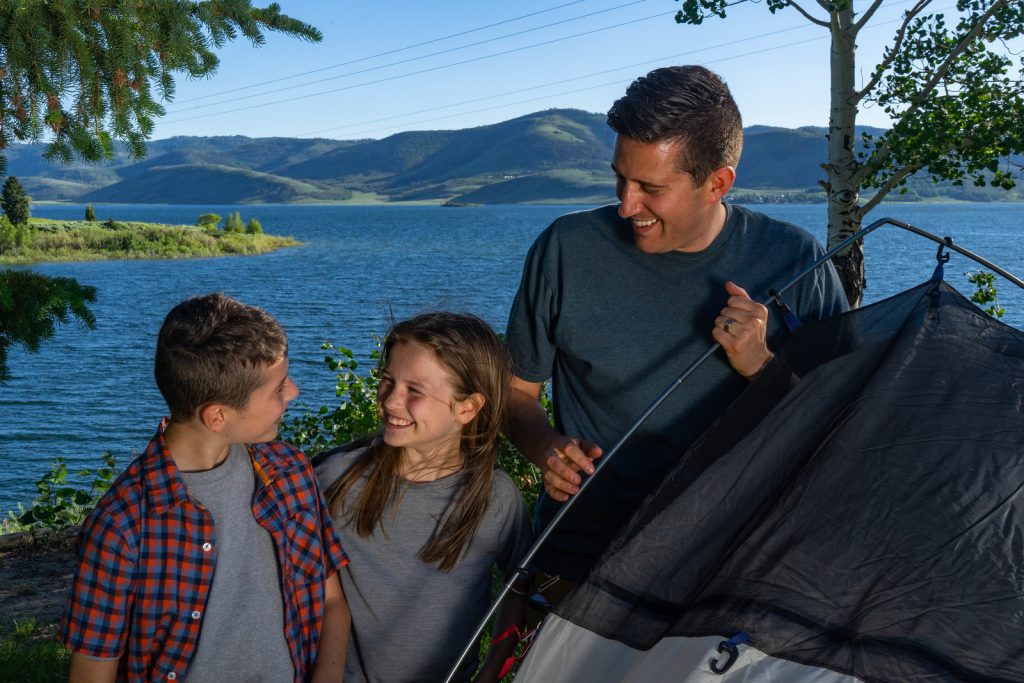
Test Your Safety Knowledge
Ready to prove your safety skills? Take our quiz and see if you’ve got what it takes to be a Labor Day safety superstar!
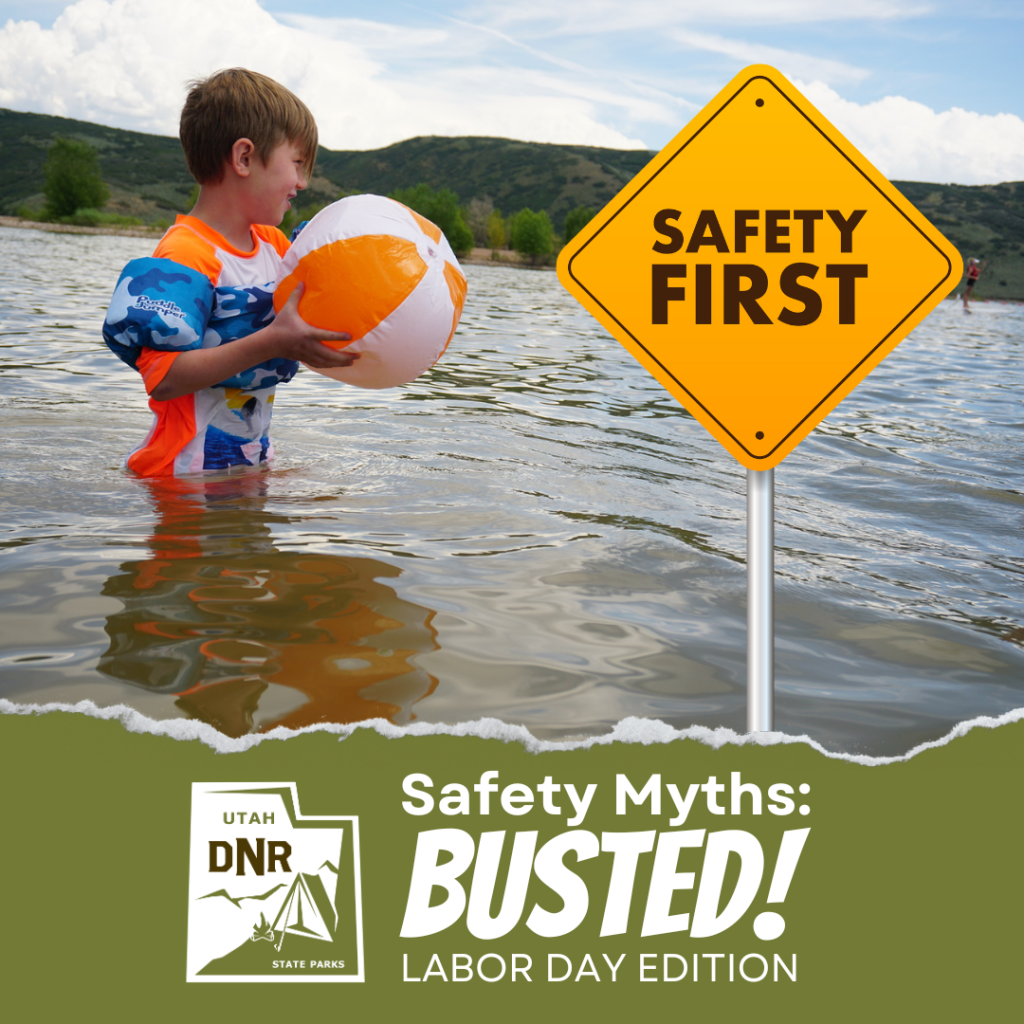

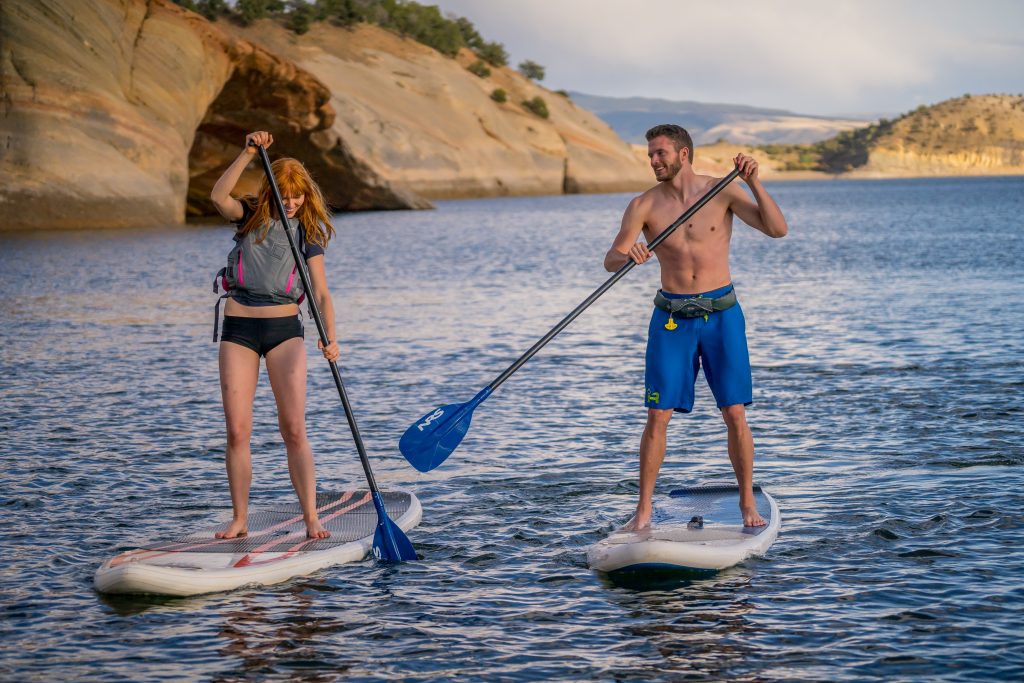
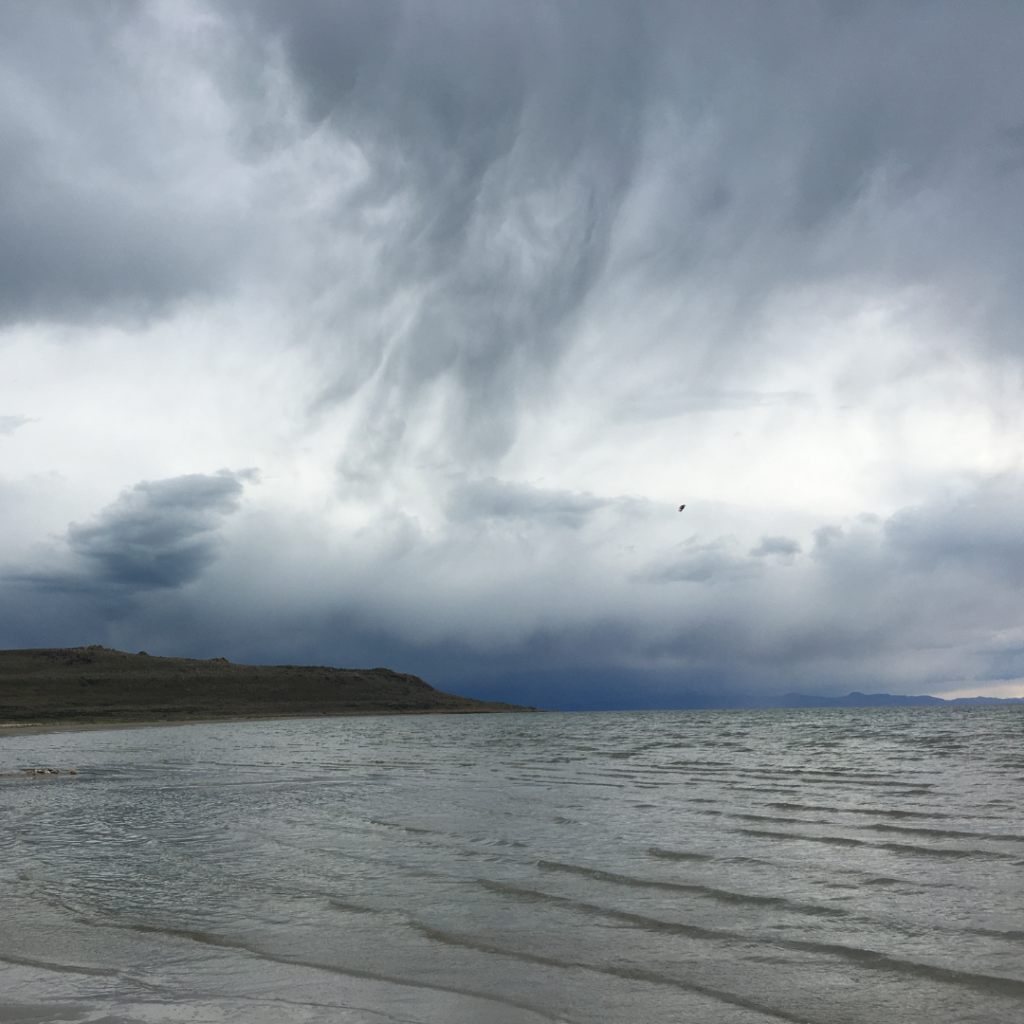
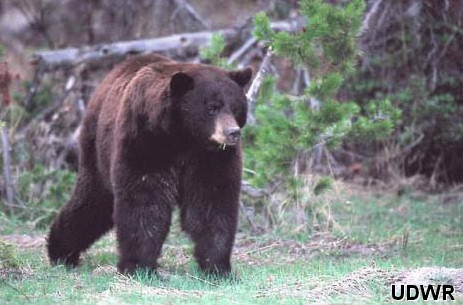
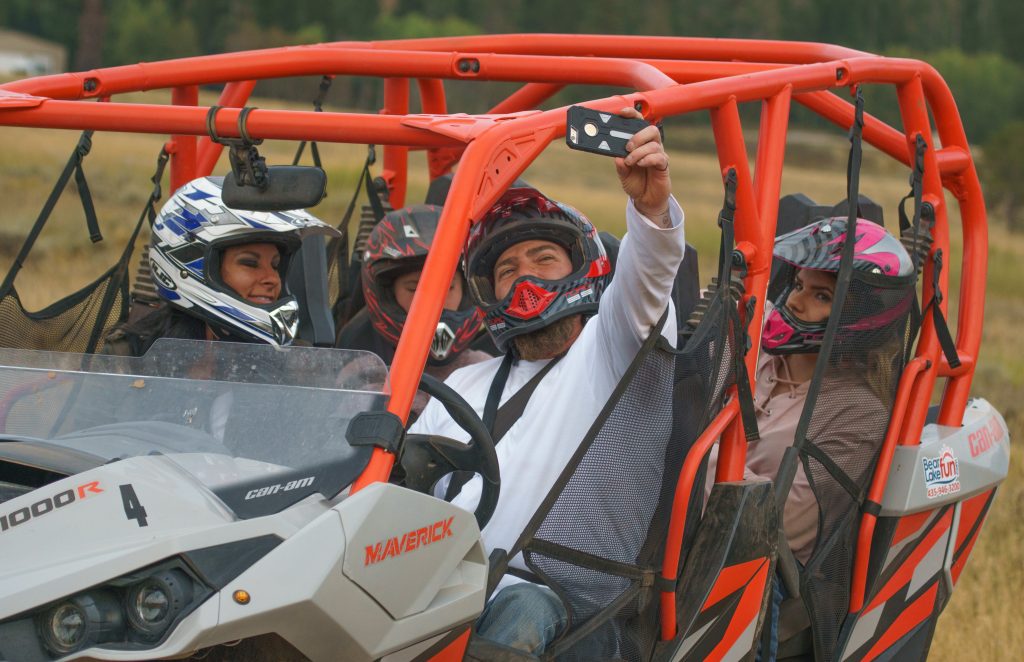
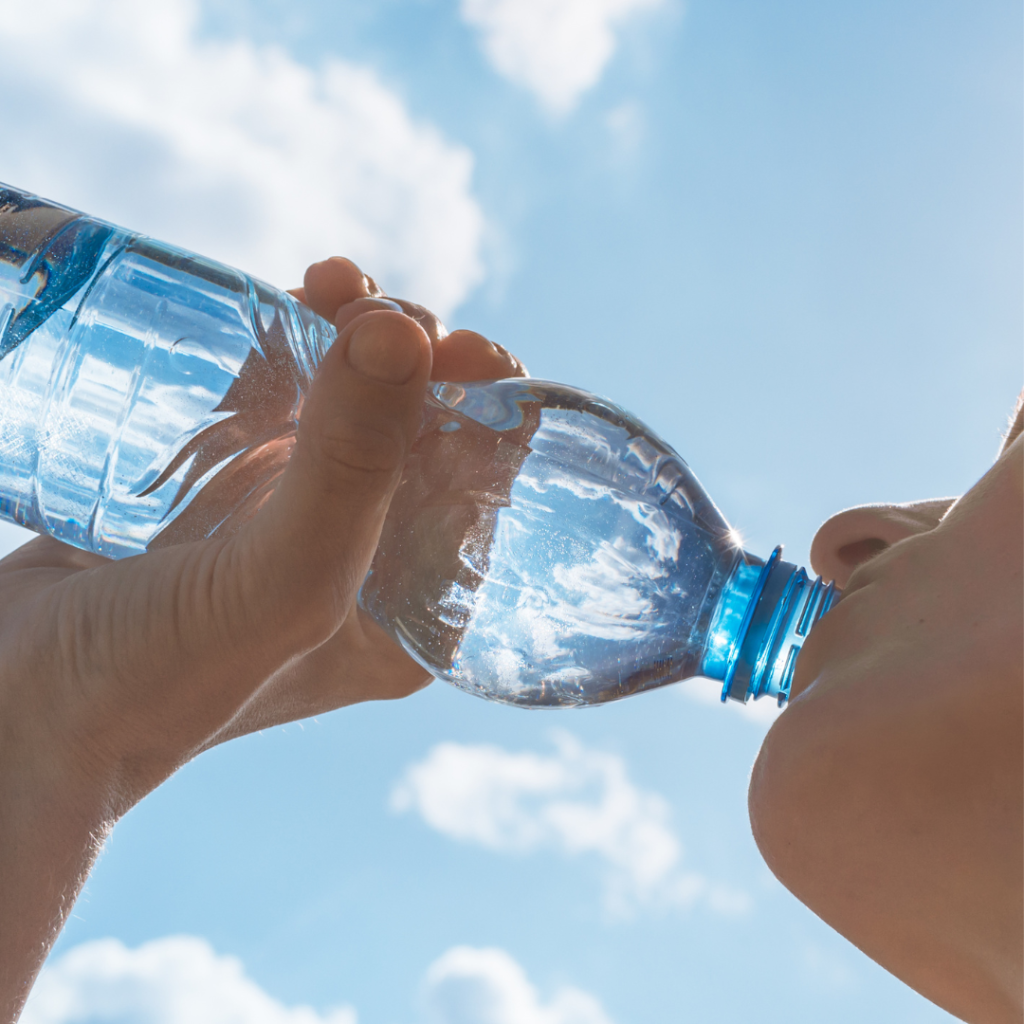
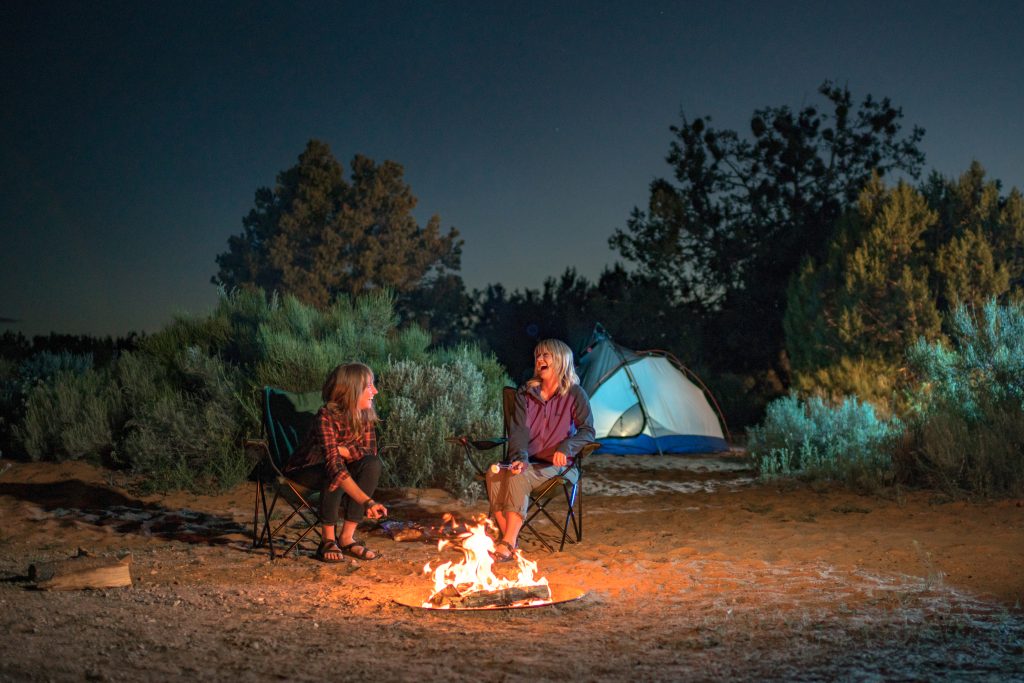
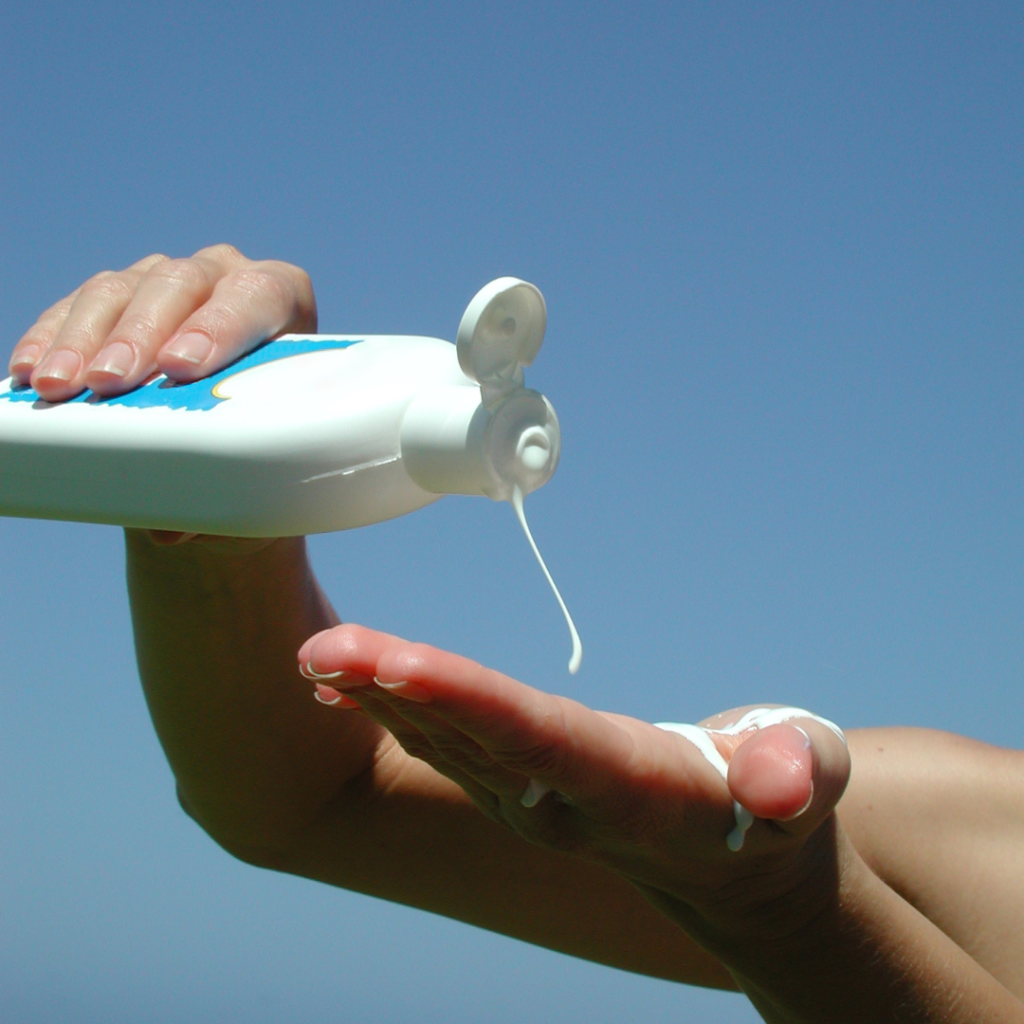
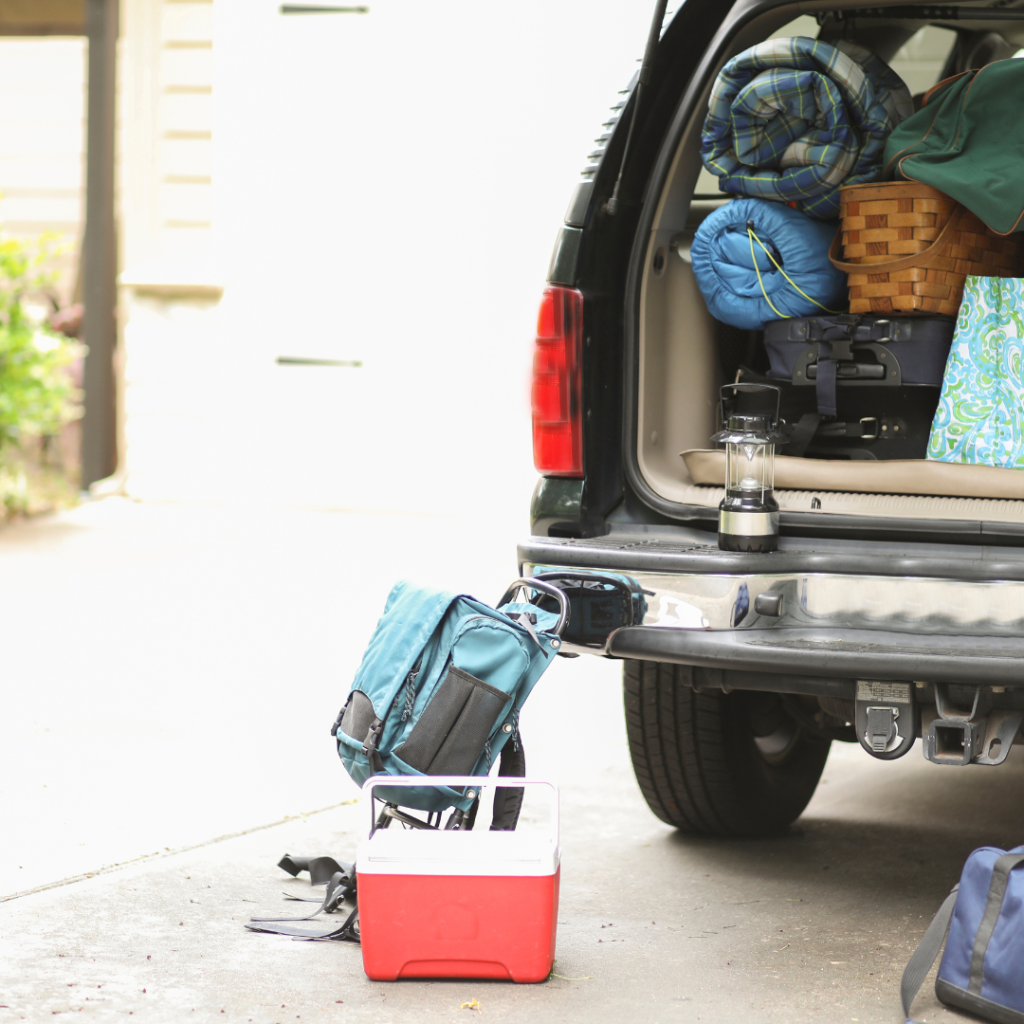
If you found this blog entry interesting, please consider sharing it through your social network.